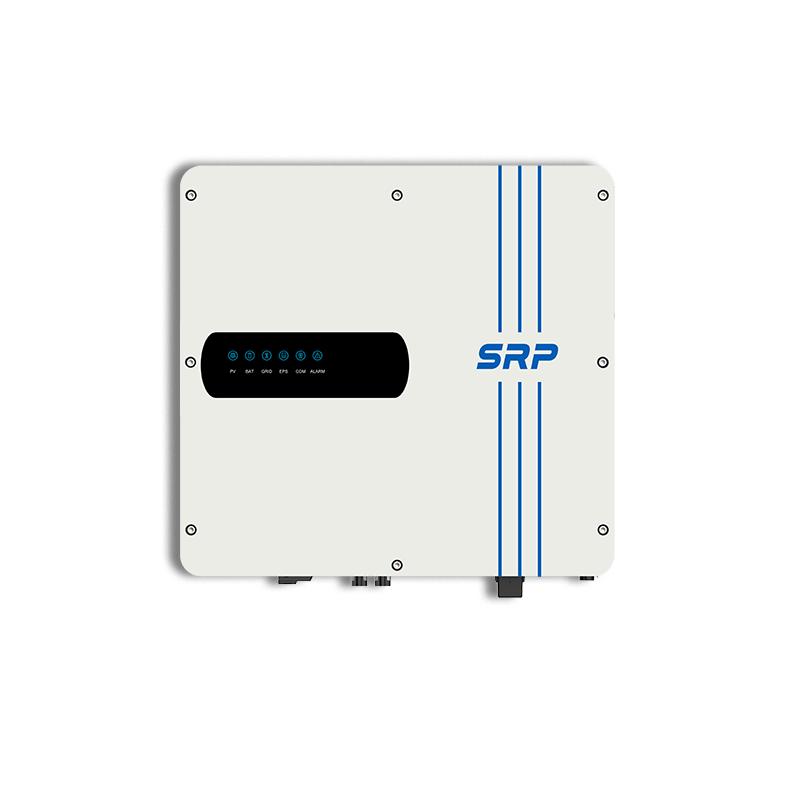Residential ESS Solution
Solution Advantage
A residential energy storage system (ESS) solution is designed to provide homeowners with an efficient and reliable way to store and manage energy. This solution includes hardware components, integration and installation, software and monitoring, support and maintainance. Through providing home ESS solution, SRP aimed to help homeowners reduce energy costs and increase energy independence.

Energy Independence
Meets the demand for energy independence, providing stable power for daily use and emergency backup. Reduces reliance on the grid and enhances energy security.

System Composition
Composed of solar panels, an inverter, an home energy storage battery, a cloud server, and an app. This setup ensures efficient energy use and remote management.

Applications
Suitable for new home solar system with battery storage installations or upgrades to existing sites, improving power facilities. Ideal for remote locations with limited grid access.
Topology Diagram of Home ESS

In residential energy storage system packets, the hardware components include high-density battery packs, A to C Inverters, a Battery Management System(BMS), and real-time data monitoring system. Our recommended residential energy storage system products are as below:
Recommended Products
- Compatible with most common batteries
- IP65 Protection,ensure working under various environmental conditions
- Remote upgrade and configuration; safety-related functions integrated
- Compatible with most common low-voltage batteries (lead-acid & lithium)
- LCD Screen, safely interacitve design between users and inverters
- Monitoring via APP by WiFi, easy for cooperating with BMS
- High safety LFP cell selected, UL9540A certificated
- KISS principle, plug & play
- >6000 cycles with >80% EOL
Can the capacity of a home solar battery system be expanded?
The capacity of the home ESS varies depending on the model and your specific needs. Typically, systems range from 5 kWh to 20 kWh or more. SRP home energy storage systems are modular, homeowners can expand capacity by adding additional battery packs as their energy needs grow.
what kind of maintenance is required for the home ESS?
Residential ESS solutions are generally low-maintenance. Regular monitoring through the system’s software can help detect issues early. Basic maintenance involves ensuring the residential energy storage system is clean, checking connections, and periodically updating the software. SRP offers maintenance services as part of our solution service.
What happens to the home ESS during a power outage?
During a power outage, the energy storage system for the home automatically switches to provide backup power to your home. This ensures that essential appliances and systems continue to operate. The duration of backup power depends on the system’s capacity and your household’s energy consumption.
How long does it take to install an energy storage system for a home?
The installation of an energy storage system for a home typically takes one to two days, depending on the complexity of the system and the user’s specific installation requirements. This includes setting up the hardware, integrating with your existing power systems, and configuring the monitoring software.





